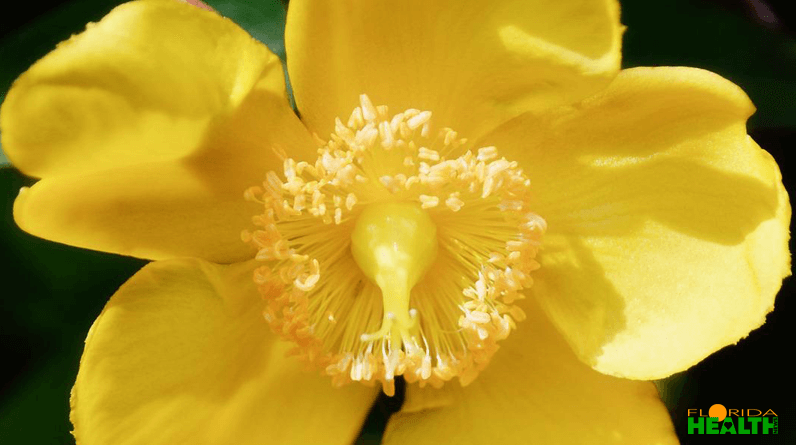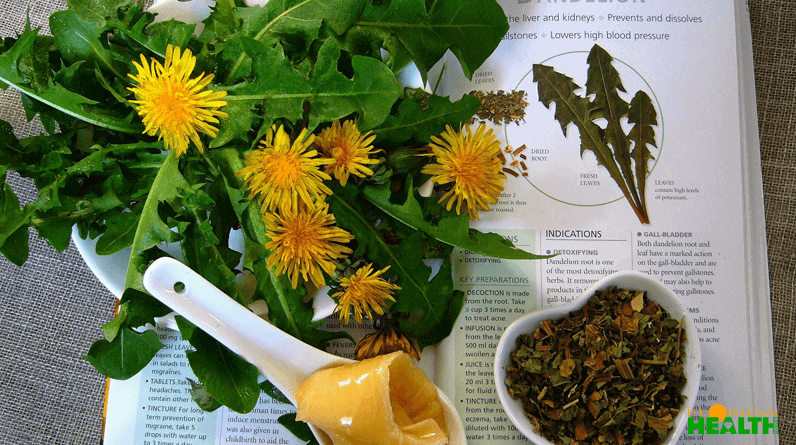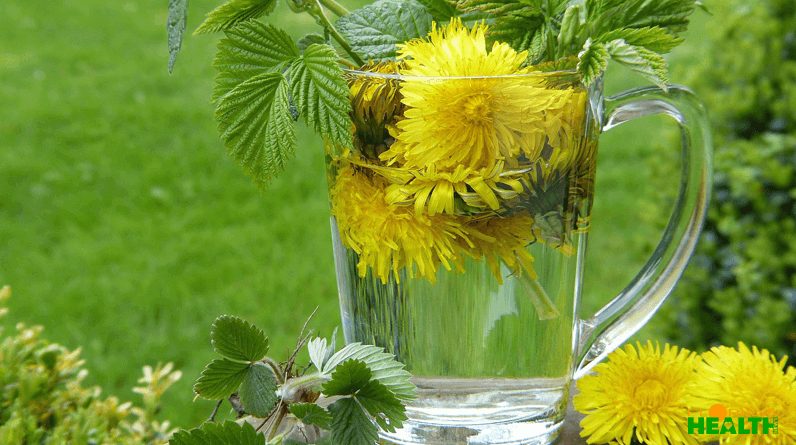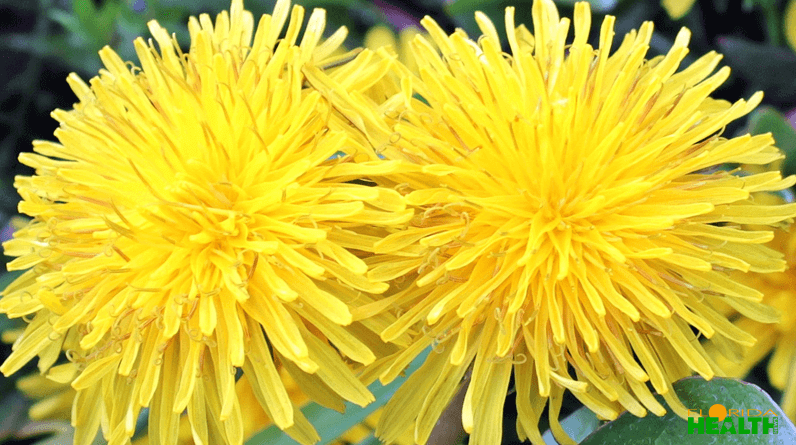
Sometimes called the plant of solitude, the Agrimony is a beautiful, strong perennial and family of the rose. The pale yellow flowers that smell like apricots are striking. These little flowers grow on elongated, conical-shaped blooms. Each flower only blooms for 3 days. But the whole will continue to bloom for a while: from June to August. This plant grows to a height of 30 to 60 cm. Agrimony grows mainly in fields, amidst the undergrowth, and on fallow ground.
History and facts
There are a variety of names commonly known: liverwort, dragonwort, singer’s herb or Norwegian tea. Agrimony is composed of 2 Greek words. “agros” is field and “monas” is lonely. Hence it is the plant of loneliness. And that’s not for nothing, because this plant never stands in large fields with peers.
Agrimony was already known 4000 years ago for its healing and purifying properties. Mithridates, king of Pontus (111-63 BC) was the first to discover the effects of this plant. The story goes that he used it against poisoning. In Egypt, it was used for eye infections because of its purifying properties.
The NIH website also mentions the ability of agrimony extract to enhance insulin secretion when heat is applied during the extract preparation, which is why it has been traditionally used as an anti-diabetic plant.
Agrimony use
The Scandinavians drink Agrimony tea to feel looser and happier. A cup of tea on an empty stomach every day is their advice. And for the singers among us: drinking and gargling Agrimoniet tea makes the voice clear. And if you don’t get a beautiful singing voice from the tea, at least it is soothing and softening for your throat. But of course, singing in the shower is always allowed!
An eye bath with this herb is soothing for irritated and tired eyes. Agrimony tea is a good gargle for the throat. This tea has a soothing effect on the throat.
It has been scientifically proven that agrimony is associated with better health for the gallbladder and liver. It also has a soothing effect on the mouth. The leaves and flowers are a good remedy for promoting digestion. Agrimony is also often used in homeopathy.
Note: The use of herbs is a supplement to a healthy lifestyle, not a substitute for regular health care. Always consult your doctor in case of complaints.
Recipes with Agrimony
Norwegian tea is easy to make. Put 2 teaspoons of Agrimony herb in the teapot. Pour half a liter of boiling water over it. After 3 minutes you can sieve it and it is ready for use. Drink 1 cup of tea every day on an empty stomach.
Agrimony wine: Put 40 grams of sliced flowering buds in a bottle (0.70 liters). Fill the bottle with red wine and let this mixture soak for 10 days in a cool place. Then sieve. Drink 1-2 liqueur glasses of this wine every day.
Compress: Stir 2-3 tablespoons of herb into 100 ml of water. Bring this mixture to a boil and let it boil for a few minutes. When it is completely cooled and sieved, you can use it as a poultice. Soak a clean cotton cloth in the moisture, squeeze it out, and place it on the red or sensitive skin. Repeat this a few times a day.
Agrimony and Bach
Agrimony is one of the 36 bach blossoms. This is clearly a bach blossom for the conflict avoiders. That’s not surprising, because an Agrimony type is also known as the clown at a party, the pacemaker. But meanwhile, that mask is a distraction from hidden concerns.
Bach Blossom Agrimony helps you find the happy side in yourself again. Without having to hide behind a mask. In this way, you can rediscover your own sense of humor and laugh at your own mistakes. That sense of humor will help you cope with your problems, which is a lot better than fleeing into alcohol, drugs, or too much food. Drink a cup of Agrimony tea instead, that will make you happy too.

Carl Riedel is an esteemed online researcher and writer, specializing in the intersection of technology and wellness. As a member of the International Association of Therapists, Carl brings a unique perspective to his work, skillfully integrating insights from therapy and digital trends. His articles help readers navigate the complexities of the digital age with an emphasis on promoting mental and emotional well-being.







